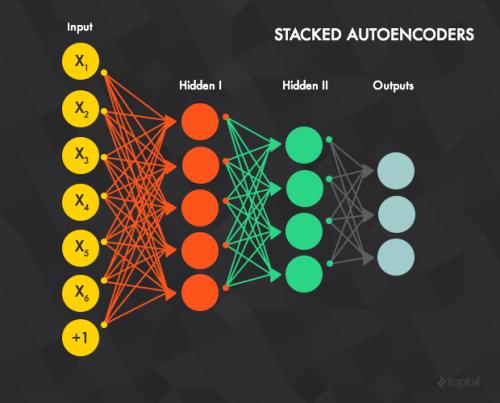The pervasiveness of GPS-enabled mobile devices and the widespread use of location-based services have resulted in the generation of massive amounts of geo-tagged data. In recent times, the data analysis now has access to more sources, including reviews, news, and images, which also raises questions about the reliability of Point-of-Interest (POI) data sources. While previous research attempted to detect fake POI data through various security mechanisms, the current work attempts to capture the fake POI data in a much simpler way. The proposed work is focused on supervised learning methods and their capability to find hidden patterns in location-based data. The ground truth labels are obtained through real-world data, and the fake data is generated using an API, so we get a dataset with both the real and fake labels on the location data. The objective is to predict the truth about a POI using the Multi-Layer Perceptron (MLP) method. In the proposed work, MLP based on data classification technique is used to classify location data accurately. The proposed method is compared with traditional classification and robust and recent deep neural methods. The results show that the proposed method is better than the baseline methods.
翻译:GPS驱动的移动装置的普及和基于位置的服务的广泛使用已导致产生大量地理标记数据。最近,数据分析现在能够获取更多的资料来源,包括评论、新闻和图像,这也使人对利益点数据来源的可靠性产生疑问。虽然以前的研究试图通过各种安全机制探测假的POI数据,但目前的工作试图以简单得多的方式捕捉假的 POI数据。拟议工作的重点是有监督的学习方法及其在基于地点的数据中找到隐藏模式的能力。地面真相标签是通过真实世界数据获得的,而假数据是使用API生成的,因此我们用真实的和假的定位数据获得数据集。目的是利用多Layer Percepron(MLP)方法预测POI数据的真相。在拟议工作中,基于数据分类技术的MLP用于准确分类地点数据。拟议方法与传统的分类和稳健的最近深内线方法相比较。结果显示,拟议的方法比基线方法要好。



